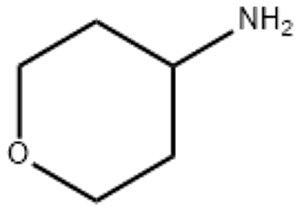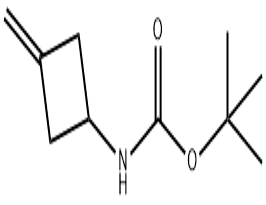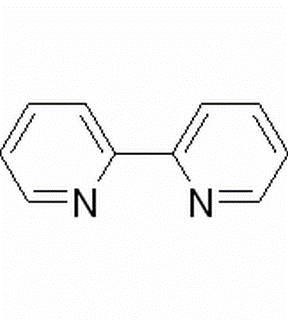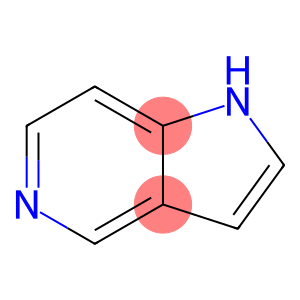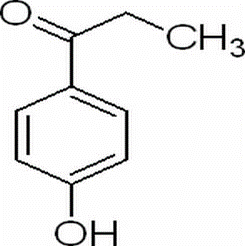4-Aminotetrahydropyran(CAS# 38041-19-9)
| Risk Codes | R10 – Flammable R34 – Causes burns R41 – Risk of serious damage to eyes R22 – Harmful if swallowed R37/18 - |
| Safety Description | S16 – Keep away from sources of ignition. S26 – In case of contact with eyes, rinse immediately with plenty of water and seek medical advice. S36/37/39 – Wear suitable protective clothing, gloves and eye/face protection. S39 – Wear eye / face protection. |
| UN IDs | 2734 |
| WGK Germany | 1 |
| HS Code | 29321900 |
| Hazard Class | IRRITANT |
| Packing Group | Ⅲ |
Introduction
4-Amino-tetrahydropyran (also known as 1-amino-4-hydro-epoxy-2,3,5,6-tetrahydropyran) is an organic compound. It is a colorless to pale yellow liquid with a structure similar to an amine’s amino functional group and an epoxy ring.
The following is an introduction to the properties, uses, preparation methods and safety information of 4-amino-tetrahydropyran:
Quality:
- Appearance: colorless to light yellow liquid;
- Solubility: soluble in water, alcohols and ether solvents;
- Chemical properties: It is a reactive nucleophile that can participate in many organic reactions, such as nucleophilic substitution reactions, ring opening reactions, etc.
Use:
- 4-amino-tetrahydropyran can be used as a reagent in organic synthesis and can be used to synthesize various organic compounds, such as amides, carbonyl compounds, etc.;
- In the dye industry, it can be used in the synthesis of organic dyes.
Method:
There are several ways to prepare 4-amino-tetrahydropyran, and the following is one of the commonly used methods:
Ammonia gas was added to tetrahydrofuran (THF), and at low temperatures, 4-amino-tetrahydropyran was obtained by oxidizing benzotetrahydrofuran inoculation.
Safety Information:
- 4-amino-tetrahydropyran is a flammable liquid that should be stored in a cool, well-ventilated place, away from fire;
- Avoid inhalation, skin contact and eye contact during use, and rinse immediately with water in case of accidental contact;
- Avoid the generation of flammable gases, vapours or dust during operation;
- Wear appropriate protective equipment such as gloves, goggles and protective clothing when in use;


